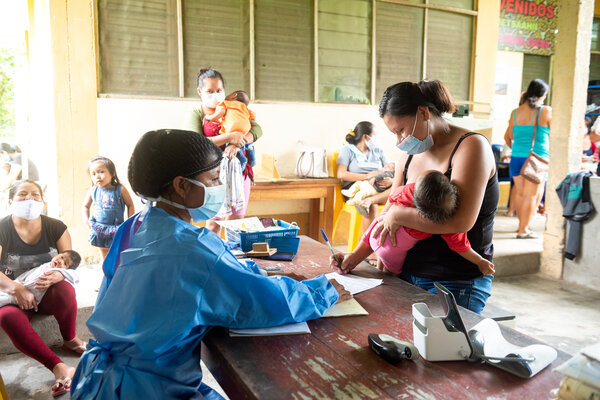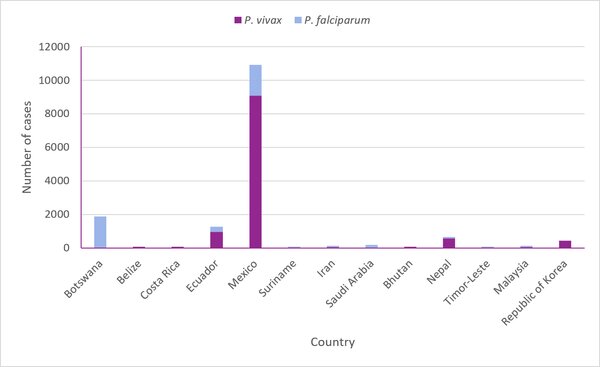Malaria elimination & P. vivax
In May 2015, the World Health Assembly adopted the Global Technical Strategy for Malaria 2016-2030, including targets for the elimination of malaria from 35 countries and reduction of case incidence and mortality rates by 90% globally.1
What is malaria elimination?
Certification of malaria elimination is the official recognition by WHO of a country’s malaria-free status.
It is granted when a country has proven, beyond reasonable doubt, that the chain of indigenous malaria transmission by Anopheles mosquitoes has been interrupted nationwide for at least the past three consecutive years.
Additionally, the country must demonstrate the capacity to prevent the re-establishment of transmission.2
P. vivax and malaria elimination
P. vivax predominates in countries that are prime candidates for elimination. Maintaining the gains from elimination requires stringent malaria control efforts. However, the specific biology and ecology of P. vivax causes the pathogen to be less susceptible to malaria control efforts compared with P. falciparum malaria. Thus, as countries reduce the prevalence of P. falciparum, the proportion of malaria caused by P. vivax tends to increase.
The complex lifecycle of P. vivax also includes an undetectable dormant liver stage called the hypnozoite, which may reactivate, causing multiple episodes of malaria from a single infectious bite. Hypnozoites represent a silent transmission reservoir, allowing the parasite to go undetected by conventional malaria control measures. Thus, even if an intervention substantially decreases P. vivax transmission, the effect on the prevalence of P. vivax malaria could still be small if most clinical infections result from relapse.
P. vivax in countries approaching elimination
Of 21 countries identified by WHO in 2016 as having the potential to become malaria-free by 2020, 13 reported P. vivax confirmed cases in 2017. All but two of those countries (Botswana and Saudi Arabia) had more P. falciparum cases in comparison to P. vivax cases.

